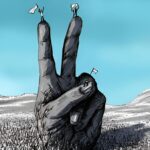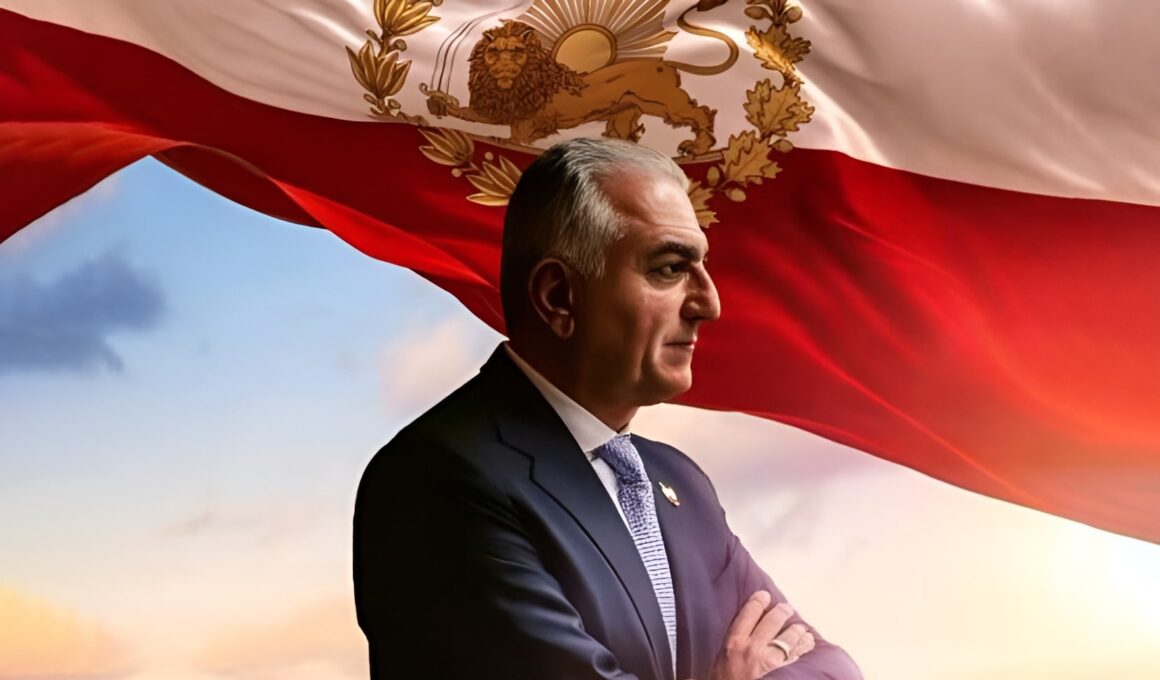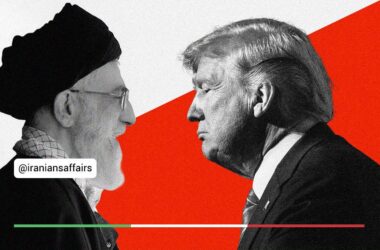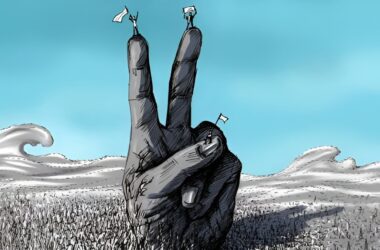Among the various strategies employed by governments to control and neutralize opposition leaders, the complex concept of “isolation” stands out. This idea is often pursued alongside other projects and campaigns. In the current circumstances, what might be called the “isolation of the Prince” could be considered a clear example.
Social movements and political revolutions in any society face numerous obstacles. In recent decades, the imposition of the people’s will on governments has become more challenging than in the past. The likelihood of success for revolutions and movements has diminished, as the extensive resources of governments, their unmatched financial means, superior weaponry, and control over media have made conditions more difficult for dissatisfied populations and opposition groups.
Governments employ various methods to defeat ideas and leaders. Some of these strategies are so complex that many people fail to notice them. One of the most common approaches to control, and even eliminate, opposition forces focuses on leadership and prominent figures who have the capacity to represent dissatisfied citizens and opposition groups. These efforts have been planned and executed in different ways across various countries and periods. Tactics such as defamation, infiltration aimed at manipulation or sabotage, tampering with protest agendas, strategic timing management, preventing institutional development, hindering specific collaborations, obstructing effective communication with crucial roles and resources necessary for a victory scenario, weakening media presence, and blocking widespread support from influential figures and institutions have been meticulously crafted and implemented by governments against opponents, especially leaders, over the years.
Among the diverse strategies aimed at neutralizing and defeating opposition leaders, one complex approach stands out, which could be termed the “isolation of the opposition leader.” This concept appears to be pursued alongside other campaigns and projects designed to tarnish, discredit, label as unrealistic, or portray opponents of the Islamic Republic as incapable. In the current context, this project can be referred to as the “isolation of the Prince.” Unlike other measures, it does not directly confront the opposition leadership. It is even based on a type of distinction and praise but, in reality, operates against two main groups of key actors in the national revolution model envisioned by Prince Reza Pahlavi, effectively sabotaging his victory scenario.
This Distinction and Isolation Go Beyond the Familiar Phrase “So-and-so is good, but their associates are problematic”. It targets the associates of opposition leadership in a project of isolation. It highlights past mistakes and certain personality or behavioral differences among the associates; it emphasizes that there is no opposition to the leadership and actions of the national revolutionary movement as long as they adhere to clear principles and plans. Yet, at the same time, it presents the biggest problem as the circle of close associates. This discourse, aside from the security and governmental agendas against the opposition, is easily pursued by various groups and individuals, enabling outcomes that serve the government’s interest against the opposition. Various issues, including personal disputes with some of the trusted allies of opposition leaders, competition among individuals and groups vying for leadership, or the unwillingness of some opponents to step aside or remain silent, amplify this effect. For example, some opposition figures to the Islamic Republic simultaneously label the concept of overthrow as utopian while claiming to lead it.
The most prominent and impactful issue leading to isolation is the elevation of opposition leadership above other opponents, resulting in isolation. This, in connection with other security projects or internal discord among the opposition, prevents success in protests. It is the most complex and effective factor in isolating and weakening the opposition leadership.
While every institution needs efficient, credible, and trustworthy forces, some with an obsessive focus on leadership (despite the undeniable benefits of strong leadership) hinder the presence of competent and credible middle leaders among the opposition. This focus is fueled by past challenges posed by infiltrators and fabricated figures, supposedly to highlight the exceptional status of the current opposition leader. However, by isolating this leader from all supporters and intermediate leaders, it effectively weakens the opposition movement.
For instance, in the model of the national revolution, where all national forces have recognized the national leadership of Prince Reza Pahlavi, a faction of political forces, especially some social media users, engages in a coordinated effort (likely influenced or manipulated by security agendas) to attack national forces and key roles essential for the progress of the national revolution. This effort is inconsistent with the desires of the national leader and the revolution. Additionally, at times, a segment of the national forces uses storytelling and concepts to justify attacking and eliminating other groups, under the guise of critique. They may employ national concepts for a narrative of exclusivity, often driven by emotional impulsivity, to attack former associates or rival groups, even when these figures now stand together in the nationalist front. Ultimately, these actions lead to the isolation and exclusion of certain national forces.
One-sided narratives of activists’ pasts, the radicalization of discourse or language in contexts unsuitable for the Islamic Republic era, and the structure of media and institutional relations are part of the groundwork for the isolation project. This isolation, framed as a result of leadership distinction, targets the trust and credibility of national forces, impeding cooperation, synergy, and the empowerment of capable and determined figures. Consequently, such elevation can serve or be fueled by invisible manipulation, especially on social networks, functioning as a form of isolation that sidelines others and undermines leaders. Alternatively, it may cause confusion and trust crises through a type of discourse purification, breaking current unity.
As a unique opportunity presents itself for national forces and leadership to advance the national revolution, the isolation of Prince Reza Pahlavi can be considered a security-driven scenario, one in which many may unknowingly participate. The weakening of the trusted allies of the national leadership and national, patriotic forces capable of uniting for a national revolution is only tolerable up to the point of warnings and appeals from the leadership. The trends of exclusion, weakening, and denigration among national forces are no longer normal. Linguistic radicalization and the obsession with purity in past records are not normal. Organizational behaviors that push for the replacement and imposition of some forces instead of strengthening solidarity are also not normal. It must be emphasized that any group acting abnormally will certainly fail. But in doing so, it may also destroy the chances of others. The national revolution cannot afford to lose its opportunities. In these circumstances, political isolation shows no healthy political motivation.

